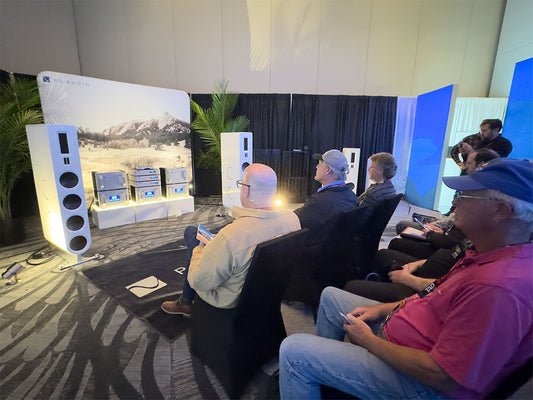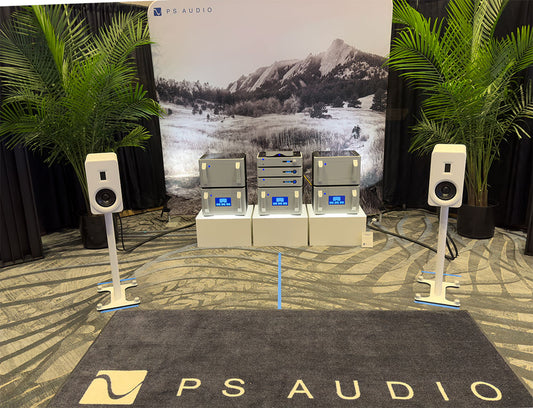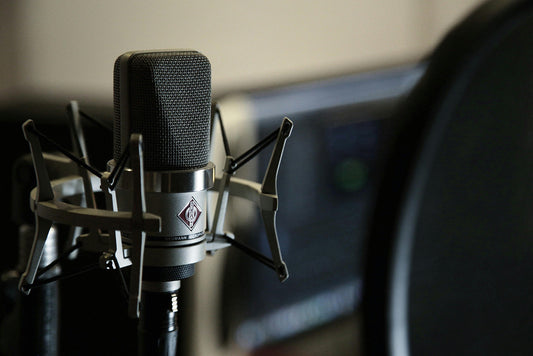There was a time in our HiFi history that the ability to electronically control music's tone was necessary. Necessary because the entire chain of electronics and speakers were bad enough to warrant their intrusion.
Sure, many bemoan the lack of bass and treble controls, even full band graphic equalizers, but for the most part, we neither miss them nor need them.
And that's the point. Our equipment's gotten so much better as to obviate the need for tone controls.
The crutches of the past don't apply to the equipment of today.
Yet fond memories of their power linger on.









